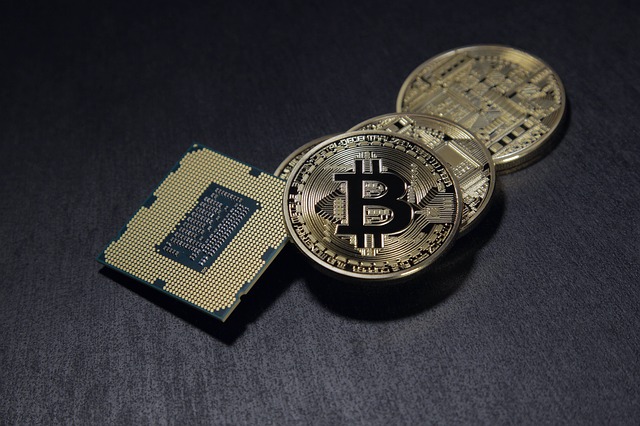
While Bitcoin still has the largest market capitalization among cryptocurrencies, its decline in the past few months has opened up talks about its lifespan. It can remain functional as long as a single unit exists, at least in theory. But many factors are causing speculation on whether it will eventually have an end value, so to speak.
As mainstream Bitcoin trading sheds its Dark Web past, it is likely that states will demand a role in its transactions. Without the tax-evasive feature that defined it as a cryptocurrency, it’s also likely that people will lose interest in it in the future.
High volatility
Most people who are involved in the Bitcoin scene are interested in trading, rather than simply transacting. This is a consequence of its volatility, which is partly a reason why Bitcoin made global headlines in the first place. But The Conversation noted that while its value does not conform to any logical patterns, investors still prefer gold and fiat currencies when the economy is going through turbulent times. Actual money, after all, is regulated by its respective states and central banks. But as we have previously stated here on ICO Spotters, it is likely that Bitcoin will remain volatile as long it is popular.
Bitcoin and the Lindy effect
There are actually discussions on how Bitcoin’s lifespan can be quantified through the Lindy effect. Discussed by Nassim Taleb in his book, Antifragile, the Lindy effect asserts that non-perishable assets like Bitcoin have a life expectancy proportional to age. First applied to Broadway plays, it is now applied to all non-perishables, saying that the older something gets, the longer it is expected to stick around. With Bitcoin now reaching the nine-year mark, it is expected to live way beyond nine years at least, if the Lindy effect holds true.
In fact, Nic Carter from CryptoFundamental is adamant that any skepticism about Bitcoin is largely unfounded. Citing the concept’s relative longevity, persistence, and technological assets such as cryptography, Carter believes that Bitcoin will last amid current inflationary issues.
What happens when all the Bitcoins have been mined?
When Bitcoin was first conceptualized by Satoshi Nakamoto, he set a hard upper limit of 21 million units. With the recent Bitcoin boom, more than 80% of the entire supply has already been mined. In an interview with CNBC, Ansel Lindner, host of the ‘Bitcoin and Markets’ podcast, said that “it’s an event that makes the market more aware of the scarcity of Bitcoin.” While mining rules have made it such that the remaining coins will not be mined in more than a hundred years, this cap is still the technology’s logical conclusion. Nonetheless, FXCM states that miners will no longer “receive the block reward” once the cap is reached. This will inevitably result in fewer people interested in Bitcoin. A significant reduction in miners will also undermine its network security. It is then expected that the decreased interest and confidence in Bitcoin will cause its price to plummet.
A more optimistic take is that as the supply dwindles with a steady increase in demand, Bitcoin’s price could rise astronomically. Moreover, once the cap is reached, the perceived rarity of the currency can also push its price upwards.
All in all, Bitcoin’s price value seems to be hanging in the balance, but its value as a cryptocurrency will remain as long as people are still interested in it. Therefore, its lifespan in the strictest sense is not equatable to its mining cap date. Still, traders and investors eyeing Bitcoin to build their assets long-term will need to consider its volatility and inherent risks.
